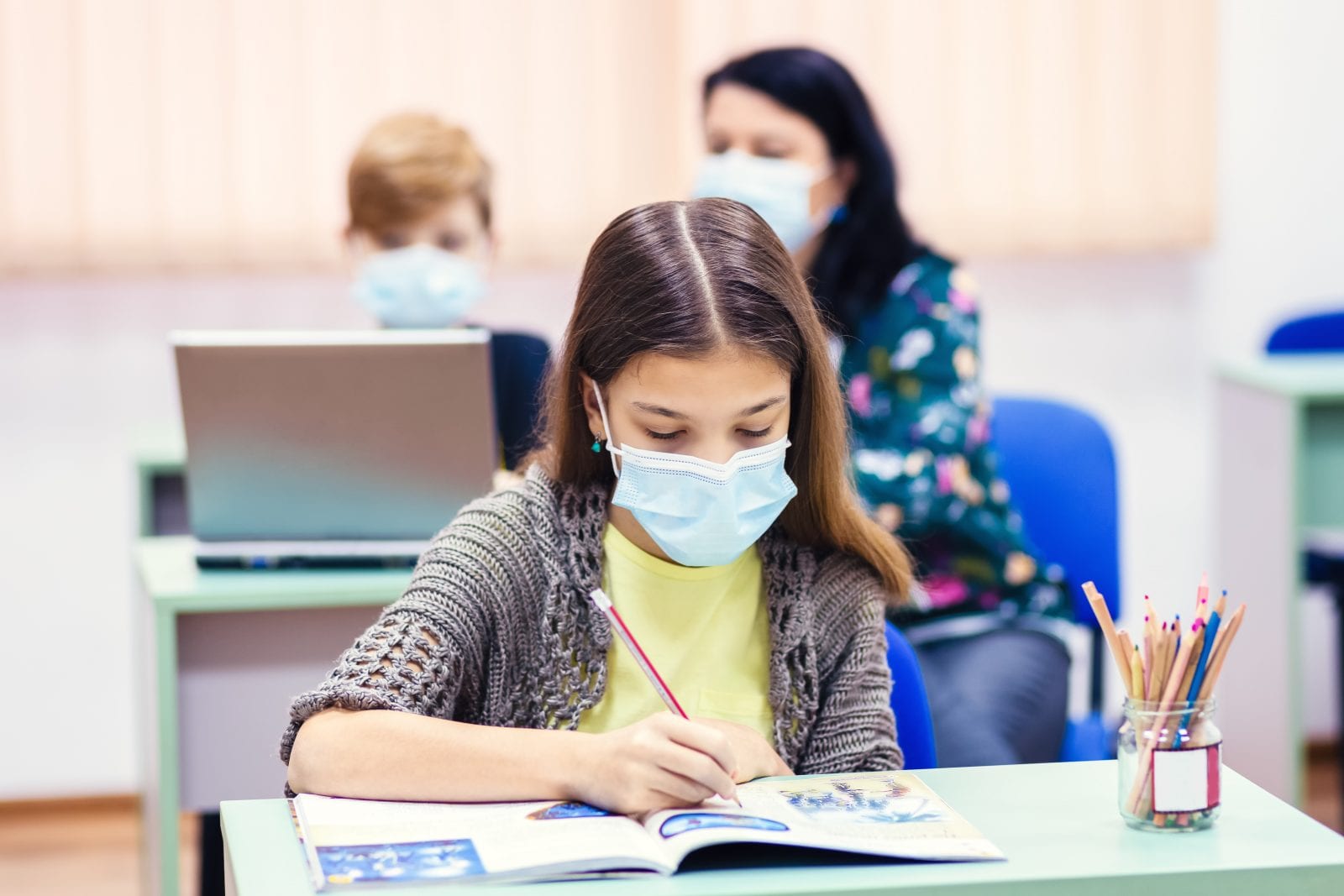
The education field has gone through significant changes in recent years. As teachers strive to help students engage with their learning in deep and meaningful ways, new strategies help them reach these goals. Blended learning models represent an innovative way to promote student success.
What Is a Blended Learning Model?
Blended learning models are methods for encouraging hybrid learning. Schools and teachers create experiences and opportunities that combine face-to-face learning with distance learning.
Blended learning began primarily as an approach designed to augment traditional instruction methods for students who attended classes in a physical school building all day, every day. However, these methods have also been leveraged to support a combination of in-person education and at-home learning. There are several different, distinct models, but they all share several important aspects.
What Are the Characteristics of Blended Learning Models?
Blended learning models usually leverage a combination of in-person instruction techniques, teacher-led online modules, and self-paced learning. Students may participate in a combination of independent study, small group learning, and whole-class instruction, whether online or in person. Often, schools use elements of station rotation, a situation in which individual learners or small groups shift among the various learning configurations, on their own or according to a predetermined schedule.
Regardless of which model is employed, ASCD recommends that educators incorporate the following attributes as they design blended learning experiences:
- Attention-grabbing content introductions that activate student engagement.
- Modeling and chunking strategies for helping students develop new skills.
- Checks for understanding and assessments that align with learning goals.
- Opportunities for interacting with other students to collaborate and process together.
- Scaffolding encourages learners to connect their understanding with meaningful scenarios.
Types of Blended Learning Models
There are a variety of different models for facilitating blended learning. Some level of overlap exists among the various definitions, and the exact parameters of each model are subject to interpretation. Still, these categories describe the prevailing models for blended instruction.
Each model differs somewhat in terms of teacher responsibilities, administrative requirements, and instructional emphasis. In addition, schools may choose to alter or adapt how and when students move between their homes and the school for various types of learning. All blended learning models allow for some flexibility in how they are implemented.
The Flipped Classroom Model
Flipped classrooms give teachers the opportunity to facilitate the completion of educational projects and to support students as they practice using concepts learned independently. In a blended learning environment, teacher-led exercises can take place in person while individual study occurs at home using online modules or video lectures.
A recent EdSurge article noted that educators often use the face-to-face component of this model for:
- Class discussions.
- Group work.
- Delivering insights related to higher-order thinking.
- Troubleshooting specific misunderstandings.
The Enriched Virtual Model
This method is similar to the flipped classroom. Students learn primarily online, though face-to-face sessions with the teacher are also required. While the flipped classroom can be thought of as reversing the original order of instruction compared to traditional learning environments, the enriched virtual model starts with remote instruction as its origin. Online teaching is then supplemented with mandatory in-person educational experiences.
The Individual Rotation Model
The individual rotation model can be employed in a variety of different educational settings, including in blended learning models. An educational resource from the Wisconsin Department of Public Instruction describes how students in this configuration will be sorted by their teacher or specialized software into unique educational pathways based on their needs. Learning opportunities include independent study, small groups, collaboration, lessons conducted by the teacher for the whole group, and individualized interventions. Fixed schedules may be used in place of customized learning journeys if needed, and various stations can be completed online or in person. For a fully in-person experience, students can participate in independent learning on a lab rotation schedule. Libraries and computer labs connect students directly to learning materials.
The Flex Model
This is a self-paced, student-driven model. According to the book Learning in the Digital Age, flex models were originally devised to assist returning students who had not completed their high school education. While educators construct learning opportunities for their students and support their progress as needed, individual learners proceed through modules on their own. This level of independence may be better suited to older students. In-person components of the model can be used for intervention opportunities, breakout rooms, lab exercises, and collaboration.
The A La Carte Model
The a la carte model also involves a certain amount of student self-direction, this time at the level of individual course selection. Classes offered by the school are completed as they normally would be, while learners can choose from a menu of a la carte options for supplemental topics. These individual classes are often conducted entirely online with a remote teacher of record. The student may complete this portion of their education from home or using the technology available inside their school building. A research brief from the Philadelphia Education Research Consortium noted that a la carte models can expand educational offerings beyond what the school is capable of providing for students by itself.


